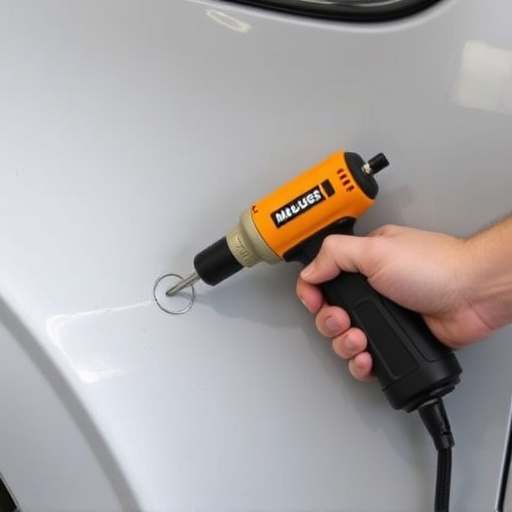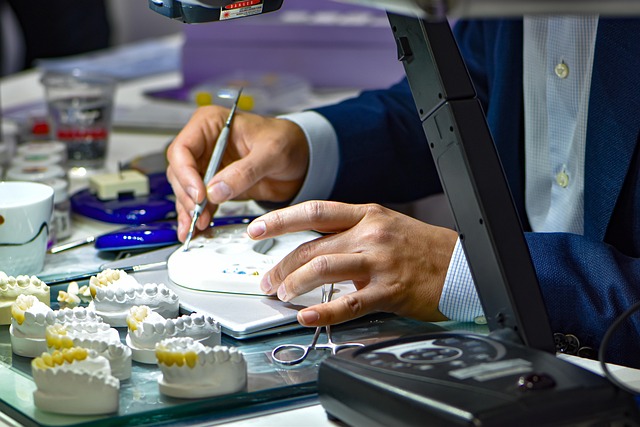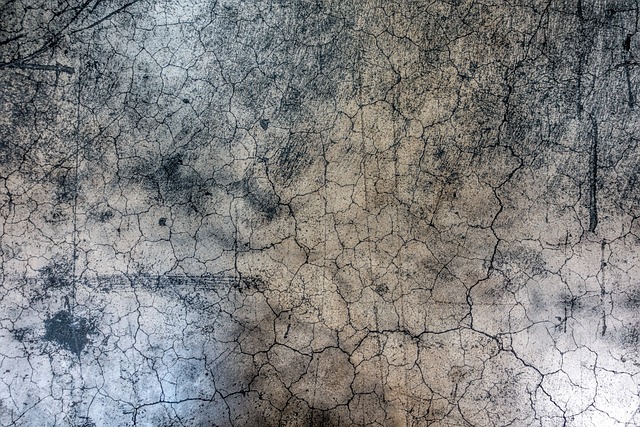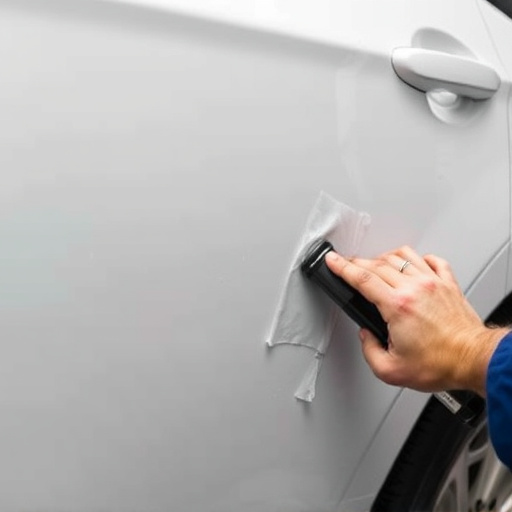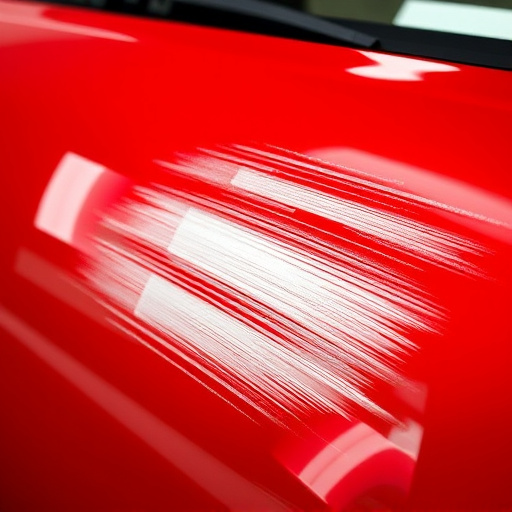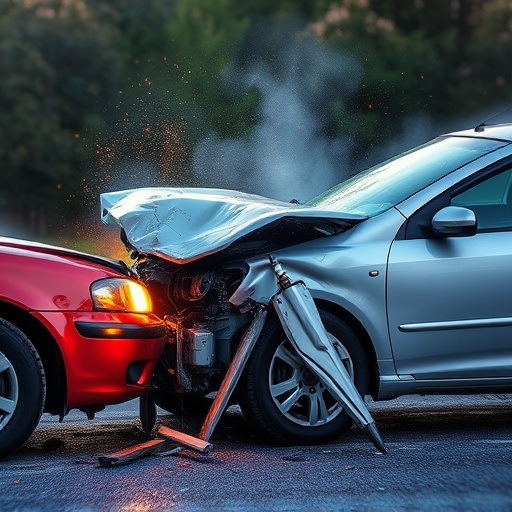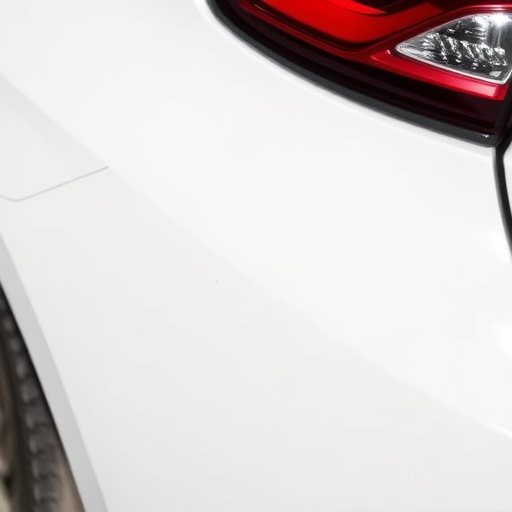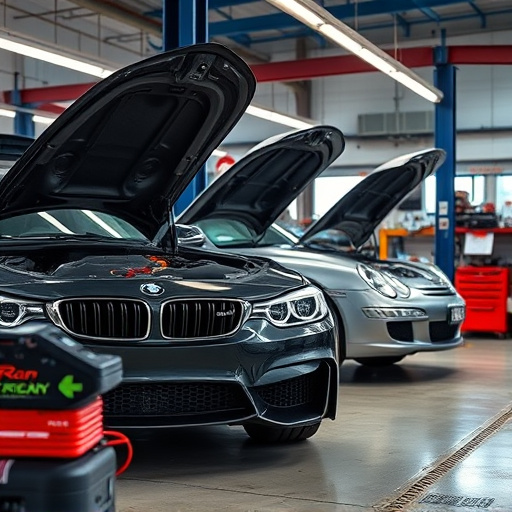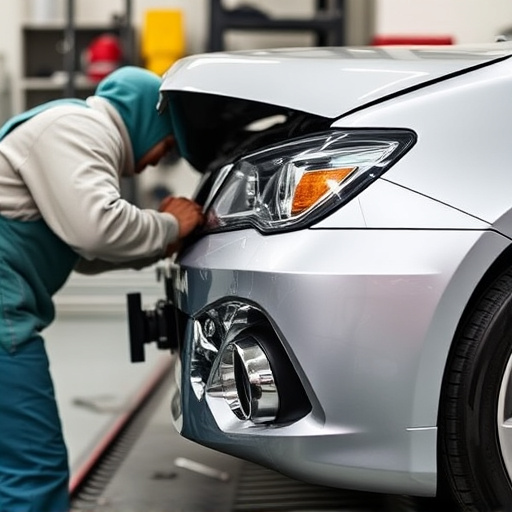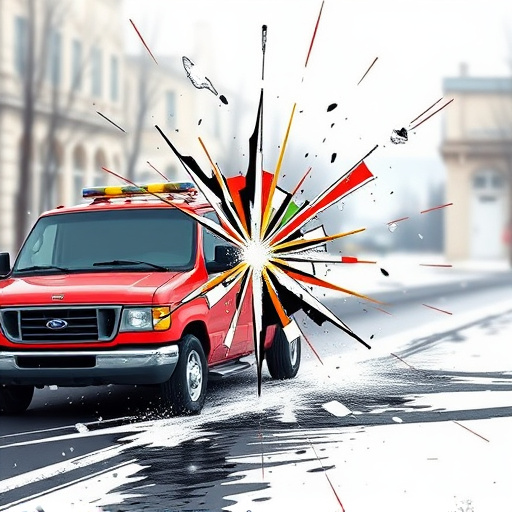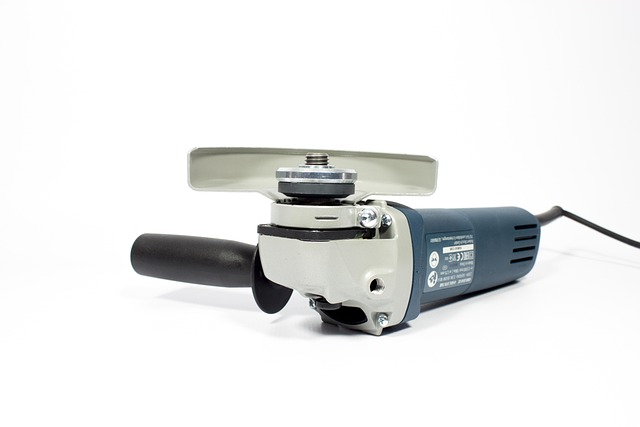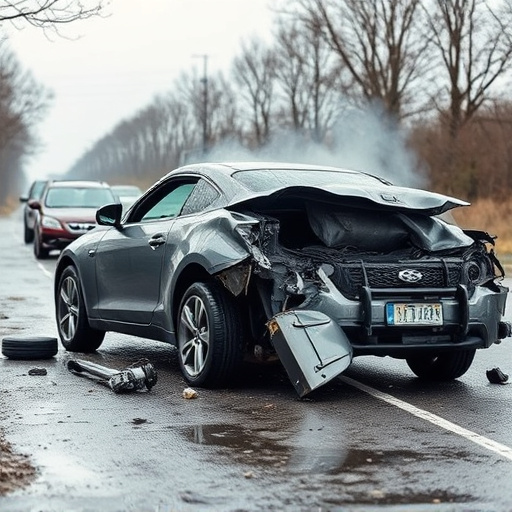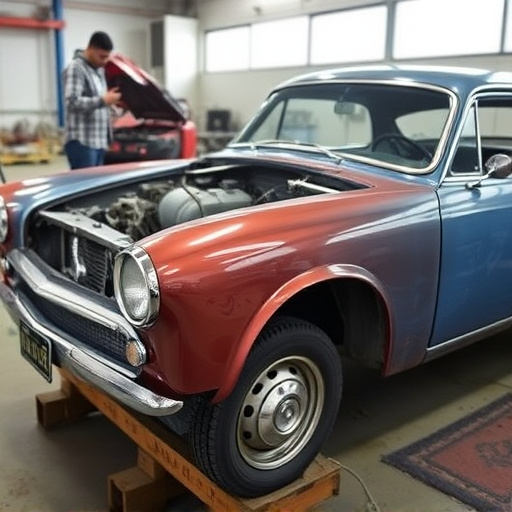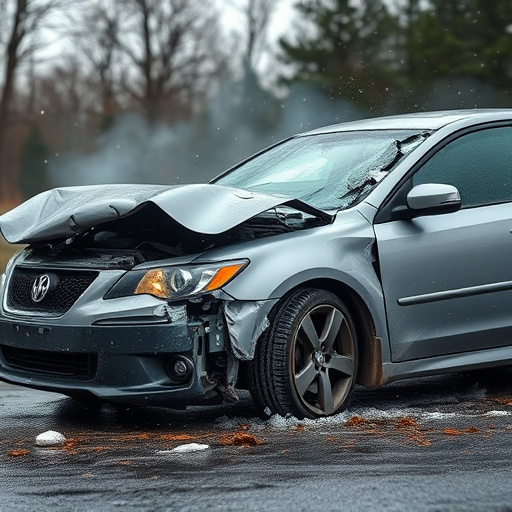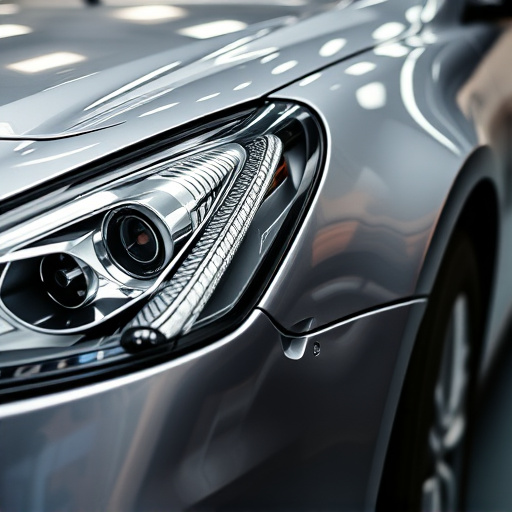Mastering paint formulation is key for flawless custom color matching in collision repair. Technicians blend pigments, resins, solvents, and additives to create unique colors, considering opacity, sheen, and durability to match existing work seamlessly. Using advanced technology like spectrophotometers, precise replication of original colors is achieved, ensuring top-quality collision repairs with aesthetic accuracy.
In the realm of custom color matching, paint formulation plays a pivotal role. This intricate process involves understanding the science behind color creation and precise replication. Effective custom color matching requires a deep dive into paint composition, where nuances in pigments, binders, and additives collide to produce unique hues. This article explores the fundamentals of paint formulation for color matching, unravels the scientific intricacies, and offers strategies to ensure accurate, consistent results, transforming folks’ ability to realize their desired colors.
- Understanding Paint Formulation Basics for Color Matching
- The Science Behind Custom Color Creation Process
- Strategies to Ensure Accurate Color Replication in Custom Matching
Understanding Paint Formulation Basics for Color Matching
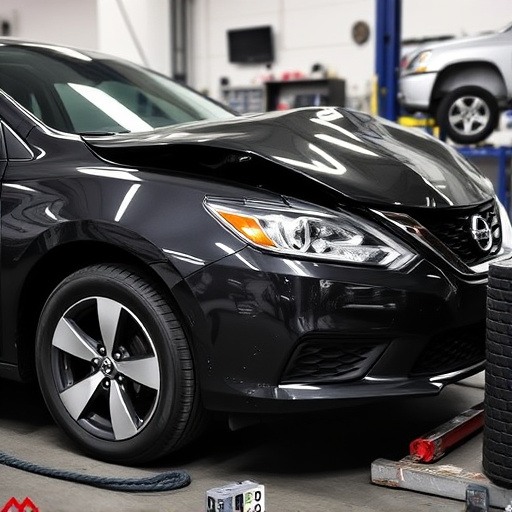
Understanding the fundamentals of paint formulation is paramount when it comes to achieving precise custom color matching during auto body repairs. Each paint system consists of various components, including pigments, resins, solvents, and additives, all meticulously combined to create a unique color palette. The art lies in recognizing how these elements interact and influence the final shade.
In the realm of autobody services, technicians must consider the specific requirements of each repair project. This involves not only matching the color visually but also understanding its chemical composition. For instance, different paint formulations may have varying levels of opacity, sheen, and durability, which are crucial factors in ensuring a seamless finish. By delving into these basics, professionals can effectively navigate the process of custom color matching, delivering top-notch auto body repairs with precise aesthetic results.
The Science Behind Custom Color Creation Process
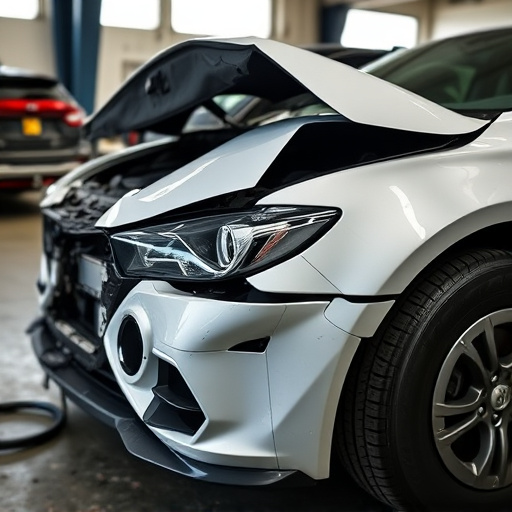
The process of custom color creation is a fascinating blend of science and artistry, pivotal to achieving precise matches in automotive repairs, particularly in bumper repair and car bodywork services. It begins with understanding the unique characteristics of pigments and their interaction with various mediums. Paint formulation plays a crucial role here, as it involves mixing different components like pigment, resin, solvent, and additives to create a desired color outcome.
This science-driven approach ensures that when a customer requests a specific color for auto repair near them, the final result closely resembles the original finish, be it a vibrant shade or a subtle tone. The formulation process involves careful collision of these elements to achieve not just the right hue but also the correct texture and durability, making it ideal for car bodywork services and ensuring the vehicle’s exterior looks as good as new after repairs.
Strategies to Ensure Accurate Color Replication in Custom Matching
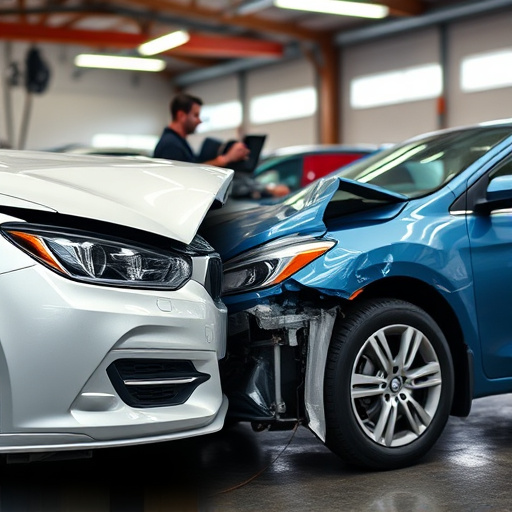
Ensuring accurate color replication in custom color matching is a precise art crucial for achieving perfect results in collision repair shops or during car body restoration processes. The first step involves gathering detailed information about the original color, including its unique formulation and specifications. This data serves as a roadmap for recreating the exact shade, taking into account factors like pigments, binders, and solvents used in the paint mixture.
Additionally, using advanced color-matching technology and tools is vital. These systems often employ spectrophotometers to measure and analyze the original color’s characteristics accurately. By comparing these measurements with a vast database of paint formulations, experts can identify the closest match available or even create a new custom formula if necessary. This meticulous approach guarantees that the restored classic car or damaged vehicle’s new paint job not only matches the original but also withstands the test of time and environmental conditions.
In the pursuit of flawless custom color matching, understanding paint formulation is paramount. By combining scientific knowledge with strategic practices, professionals can navigate the complex process, ensuring accurate replication every time. This intricate dance between formula and application yields vibrant, lasting results, transforming any design vision into reality. When it comes to custom color matching, the right formulation is truly a game-changer.
